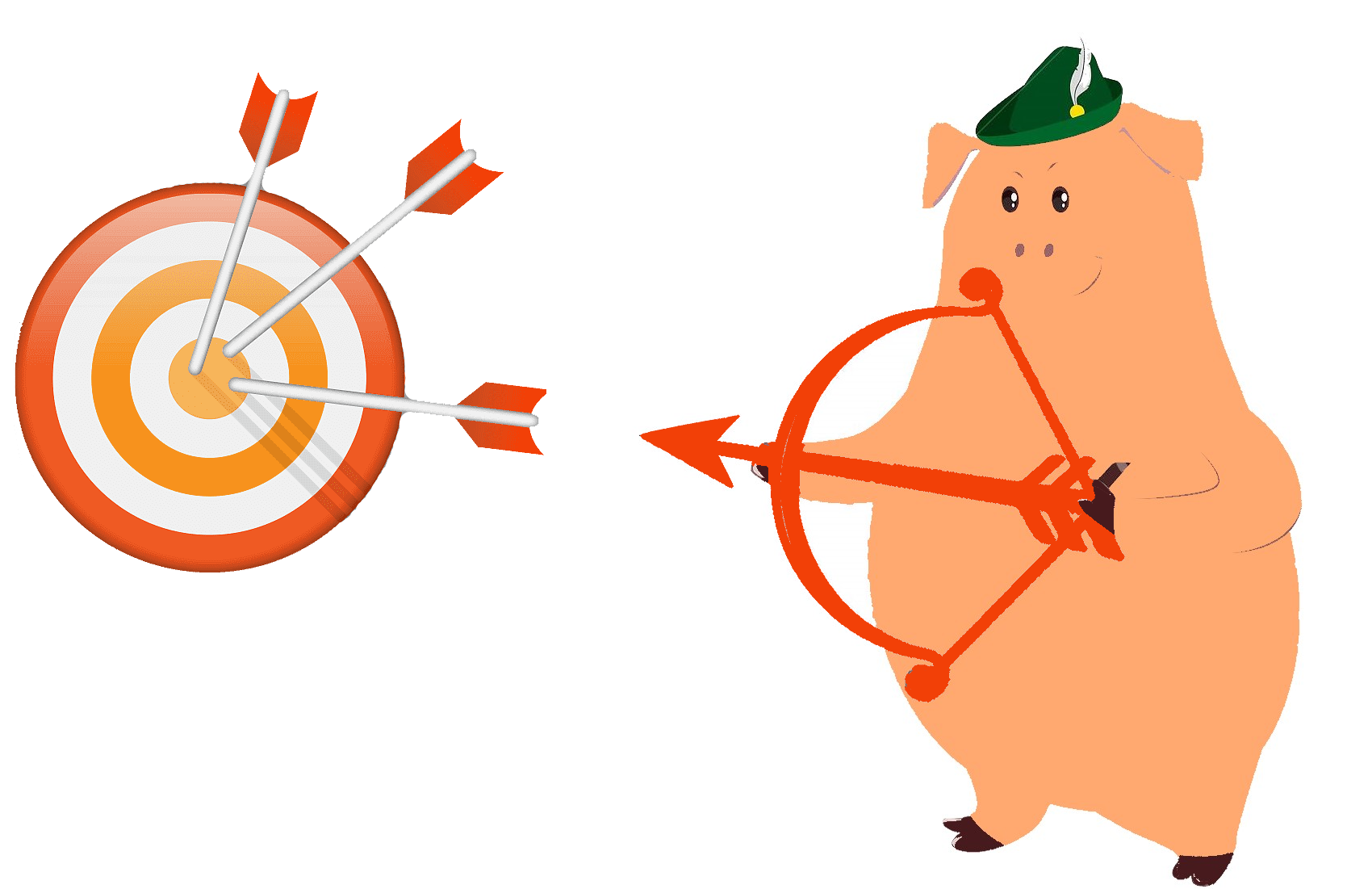
Goals and Objectives
Artificial insemination (AI) with extended boar semen is the main method used for sows’ fertilization in pig farms, worldwide. AI minimizes the risk of diseases’ spreading and supports farm’s biosecurity, sustainability and financial status. Therefore, boar fertility is a key parameter of the economic efficiency of a livestock company, while boars’ purchase and distribution to pig farms is an internationally established marketing practice with huge direct and indirect economic interest. The purpose of the present study is to develop, for the first time, a "predictive model" of boar field fertility, using modern biomedical techniques. According to the proposed experimental design, the physiological changes of boars’ behavior during semen collection process will be recorded in detail and will be related with the evaluated sperm quality parameters and semen fertilizing capacity. Any detectable stress effect on animals’ physiology will be measured by biomedical techniques, whilst the collected semen will be evaluated using the most objective and modern tests, aiming to develop "bio-markers" for the objective assessment of boar field fertility. According to the literature, seasonal changes affect boar semen quality. Season may also cause different stress effect on animals’ physiology. The study will be carried out over a period of 24 months, time enough for obtaining the required number of samples all over the year. The proposed research aims to exploit the available biomedical technologies at a pig farming level, similar to those already applied to ruminants, and expects that the use of bio-markers of high predictive value for boar fertility will increase artificial insemination’s efficacy and the economic efficiency of pig industry.

State-of-the-art
Artificial insemination with fresh extended boar semen is the almost exclusive method of sows’ fertilization in pig farms. This practice maximizes the need for use of boar semen of high and stable quality. However, boar semen’s quality is affected by several seasonal, environmental and animals’ individuality factors. In etiology are involved many factors like photoperiod, heat stress, high humidity, genetics and farm’s management. Nevertheless, photoperiod is characterized as the main cause, while the heat stress acts as an aggravating factor.
The combination of multiple and specialized sperm examination tests provides greater predictive value of animals’ field fertility. Nowadays, biotechnology of reproduction provides a series of modern and objective methodologies to assess the fertilizing ability of the male. Moreover, the morphology of spermatozoa, the sperm DNA integrity, the sperm membrane biochemical functionality and lipid peroxidation are of high prognostic value parameters of boar semen in vivo fertility. On the other hand, biomedicine is a science with a wide range of applications, contributing to understand basic operations of biological systems and to develop specialized technologies in the scientific topics of diagnosis, prevention and treatment of animal diseases. It is well known that body temperature, particularly in the scrotum, is directly related to the function of spermatogenesis and consequently to semen quality. Among the biomedical technologies, infrared thermography detects the infrared radiation emitted by an animal, depending on its body temperature, and it has already been a tool used in farm animals research. The whole process is characterized as a remote sampling technique without the risk of animal stress. Measurement of the radiation is done with an infrared camera. Then the collected data are converted into images, followed by high-resolution processing by special software. Recently, infrared thermography was used to estimate the effect of seasonality on Bradford bulls' sperm under subtropical environmental conditions, but the findings were only based on the subjective assessment of sperm motility and morphology.
Recently, more and more technological and scientific data arise from the placement of sensors on, within or around the body of humans and animals to capture vital parameters related to the physiological functions of the organism and then to process them with specific algorithms. Boar’s behavior during semen collection process is special and different compared to other species. It is usually accepted that the faster mounting on the dummy and the shorter completion of the semen collection process characterize the best boars, but there is no evidence from thorough research using reliable techniques on this issue. In addition, the boar during ejaculation exhibits very intense salivation and increased frequency of scrotum contractions compared to other species. These parameters have not been studied and related to semen quality, yet.
In conclusion, taking into account the advantages of biomedicine and biotechnology of reproduction, it is expected that biomarkers will be developed providing an objective prognosis of boar fertilizing capacity with beneficial results on the economic efficiency of the pig husbandry. In the future, an extended use of biomedical technologies in pig farms is expected with the aim to improve the management of livestock and to predict as early as possible situations that affect their economic performance.


